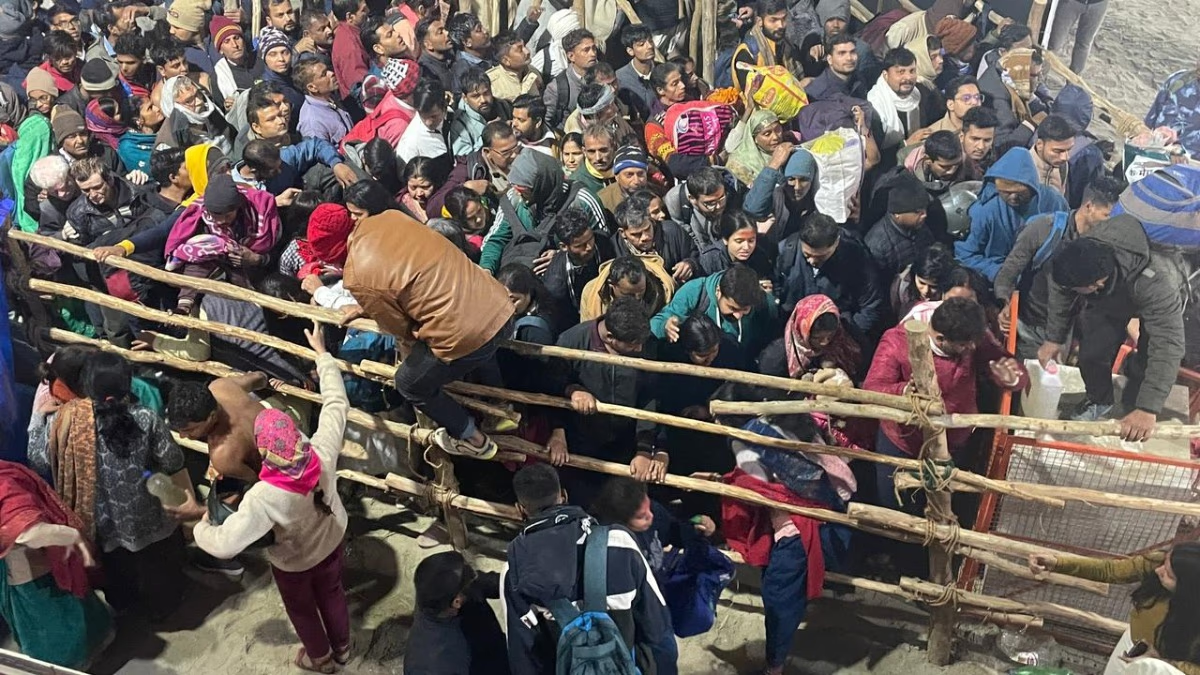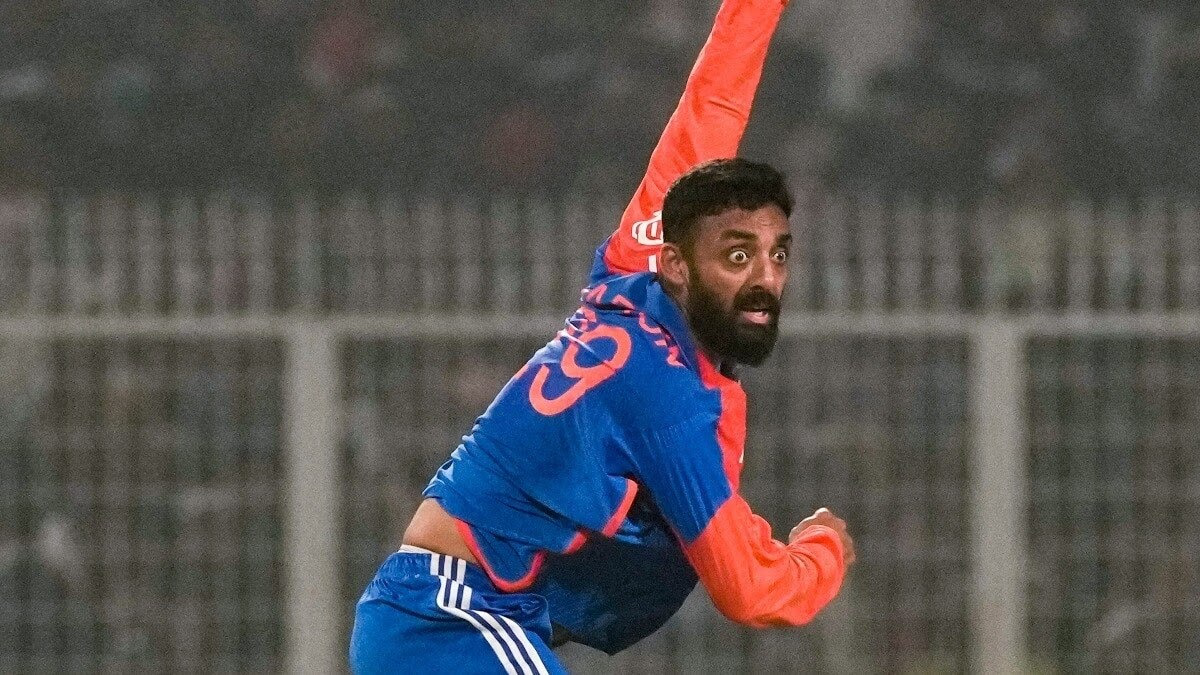On the auspicious night of Mauni Amavasya during the Mahakumbh in Prayagraj, throngs of devotees gathered for the holy dip. By 2 AM, the confluence was bustling with people. Suddenly, a section of police barricading collapsed, inciting panic. In moments, chaos ensued with individuals scattering in all directions. Many devotees lost belongings, leading to further disorder. It wasn't long before some were trampled underfoot. It's typical in such massive gatherings to witness incidents that can cause harm.
Though administrative oversight is being discussed, there's another factor at play: the psychology of large crowds. In such massive gatherings, rumors spread swiftly, personal responsibility diminishes, and controlling the crowd becomes arduous. Psychologists emphasize the importance of understanding crowd behavior in advance for effective management. Let's delve into how crowd psychology operates...
An Active Crowd Becomes Passive
Esteemed psychiatrist Dr. Satyakant Trivedi from Bhopal explains that even though crowd members might share a common topic, their individual thoughts and actions are varied. However, in large numbers, they lack stability, driven by a different thrill. Participants of the Mahakumbh are initially guided by personal beliefs, but as the congregation concludes, crowd dynamics take over. The crowd's psychology indicates potential for both disruption and adherence to security norms. With a lack of stability, an active crowd can quickly become passive, leading to chaos and the resulting tragedy.
Crowd Mentality in Daily Life
Dr. Omprakash from IHBAS Delhi mentions that in social psychology, this is labeled as mob mentality or groupthink. Studies have shown that individuals are influenced by larger groups in crowds. In the 1950s, researchers demonstrated how social norms easily sway personal behavior. In an experiment, individuals gave wrong answers, influenced by a group, despite knowing the correct response. This example underscores how daily decisions—like where to dine or which film to watch—are often crowd-driven, as we subconsciously trust popular choices.
Crowd Dynamics at Mahakumbh
Psychology sees mutual interest and heightened excitement as major influences during spiritual congregations like the Mahakumbh. Participants experience a collective thrill, encouraging stronger social bonds on a thought level while diversifying activities. In Prayagraj, synchronized leadership could have provided direction, potentially preventing the tragedy. Delegating small teams with leaders to guide crowds, adhering to rules and debunking rumors, minimizes risks. When leaderless, crowds may disperse erratically, resulting in casualties.
Communication Tools are Essential
Psychiatrist Dr. Anil Shekhawat from Rajasthan asserts that amid such scenarios, crowds operate on shared beliefs. In some cases, unity has proven helpful. Miscommunication, however, often escalates to stampedes. Thus, communicational efficiency is pivotal. Timely, collective messaging could transform crowd behavior. Instructing everyone through their phones to stand together ensures calm, illustrating the importance of transparent leadership and reliable communication in preventing tragedies.
The Mahakumbh Stampede Unraveled
An eyewitness reported to Aajtak: "We were moving peacefully when suddenly the rush overwhelmed us, and shoves ensued. Space to escape was scarce; everyone scattered aimlessly. Many sustained injuries. By dawn, inconsolable kin were seen outside the medical college mortuary in Prayagraj. On receiving news of the stampede, police, paramilitary forces, and fire brigades rushed to the scene. An all-terrain fire service vehicle, already on site, aided in rescuing many injured individuals."




